

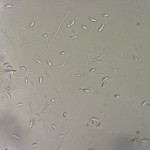
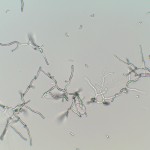

Pseudogymnoascus destructans spores and mycelia (© Kyle Gabriel and Dr. Robert Simmons, Georgia State University)
Pseudogymnoascus destructans is a psychrophilic fungus responsible for white-nose syndrome in bats. Named for the white mycelial growth on the skin of the muzzle, ears, and wings, WNS usually presents itself during winter, while bats are in a state of hibernation. During this torpor, the suppression of metabolic activity of the bat reduces energy expenditure, enabling survival through the winter until environmental conditions improve. Along with this comes reduced immune system function, leaving bats unable to adequately fight off this infection. In addition to physical damage by the fungus from colonization of tissue, the infection also affects water retention, provokes more frequent arousal, and increases energy use that prematurely depletes fat reserves, leading to high mortality among the infected.
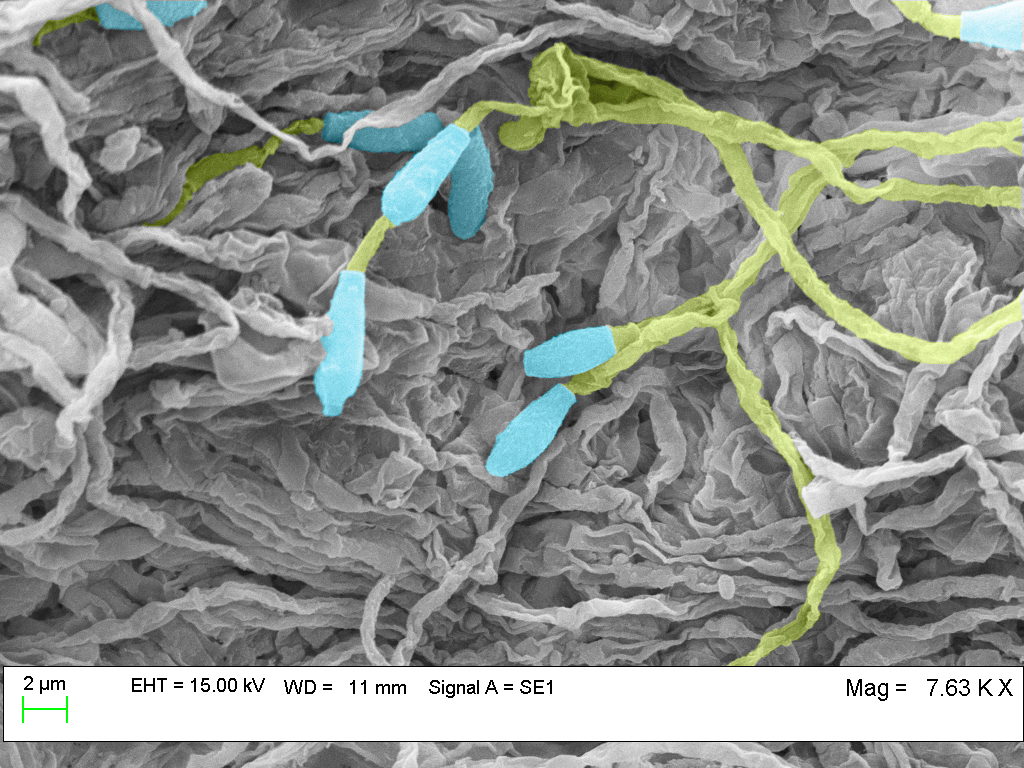
A pseudo-colored scanning electron micrograph of P. destructans grown on minimal media for 30 days. The area of interest is the joined conidia, which is an example of the micro-conidiation cycle that P. destructans undergoes. (© John Neville, Georgia State University)
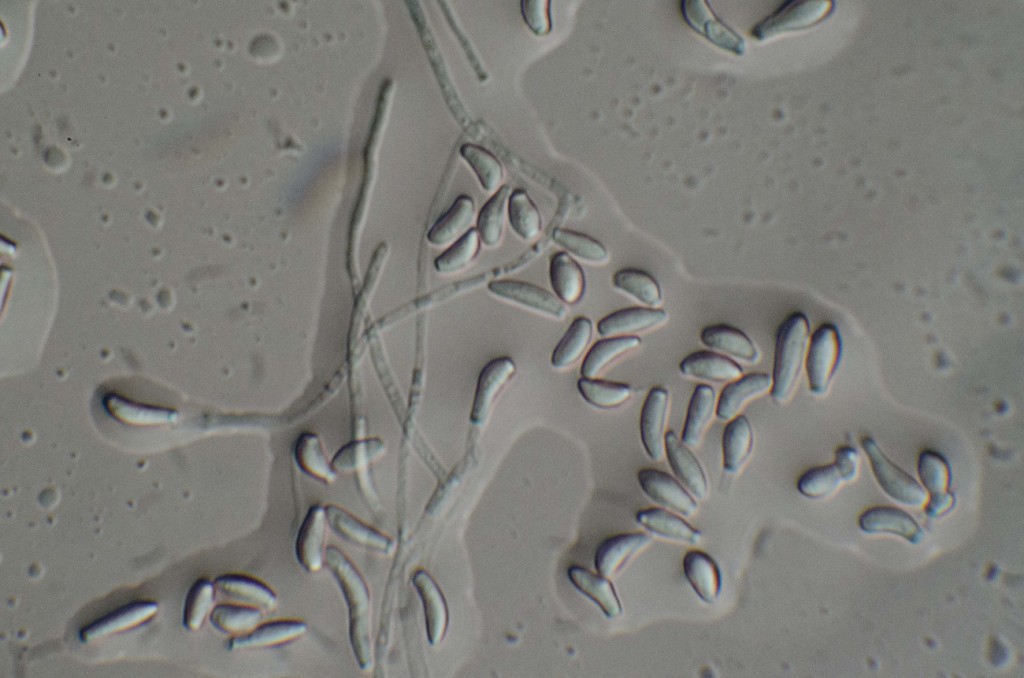
P. destructans mycelia and conidia (© John Neville, Georgia State University)

A 3D projection of P. destructans mycelia and conidia from confocal imaging (© John Neville, Georgia State University)
P. destructans spores can remain viable in host-free environments for extended periods of time. Repopulating a WNS-affected cave with bats has the potential to facilitate infection of the new colony. In addition, the physical inaccessibility of many parts of caves where bats hibernate make developing disease management solutions a significant challenge. Our research focus is to develop methods for disease treatment and prevention that are safe for both bats and the environment, and can overcome the difficulties of working in karst environments.
Special Bacteria Helps Heal Sick Bats was produced in 2015 by National Geographic. It documents the first successful treatment of white-nose syndrome, by our research group, and the release of those treated bats back into the wild.
Battle For Bats: Surviving White Nose Syndrome was produced in 2013 for the USDA Forest Service by Ravenswood Media. It shows how government and private agencies have come together to search for solutions to help bat populations.
Recent Research
We are currently investigating novel and efficacious methods for biological and chemical control of P. destructans. Further study is needed to establish effective and safe treatment regimes as well as potential collateral impacts. However, initial testing has yielded positive results.
Rhodococcus rhodochrous strain DAP 96253 has been shown to produce non-contact fungal inhibition following induction. Antifungal volatile organic compounds (VOCs), VOC formulations, essential oils, and other compounds are also being investigated for their ability to inhibit fungal growth.
Development and testing is underway on a device to modulate dispersal of these compounds (patent pending, 62/036497).
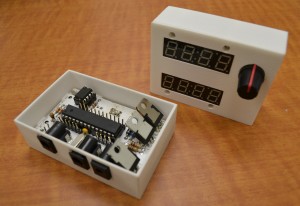
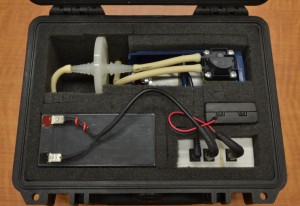
The controller (left) and the complete system (right) with batteries, controller, and nebulizer compressor housed in a weatherproof case (© Kyle Gabriel, Georgia State University)
WNS Publications
Cornelison, Christopher T., Kevin M. Keel, Kyle T. Gabriel, Courtney K. Barlament, Trudy A. Tucker, Georgie E. Pierce, and Sidney A. Crow Jr. 2014. A preliminary report on the contact-independent antagonism of Pseudogymnoascus destructans by Rhodococcus rhodochrous strain DAP96253. Accepted for publication September 11, 2014 in BMC Microbiology.
Cornelison, Christopher T., Kyle T. Gabriel, Courtney K. Barlament, and Sidney A. Crow Jr. 2013. Inhibition of Pseudogymnoascus destructans growth from conidia and mycelial extension by bacterially produced volatile organic compounds. Mycopathologia. 1-10.
Cornelison, Christopher T. The Enemy of my Enemy is my Friend, A new hope in the battle against WNS? Bats Magazine. Summer, 2013. (32)1:2-4. Print. PDF. Text.



